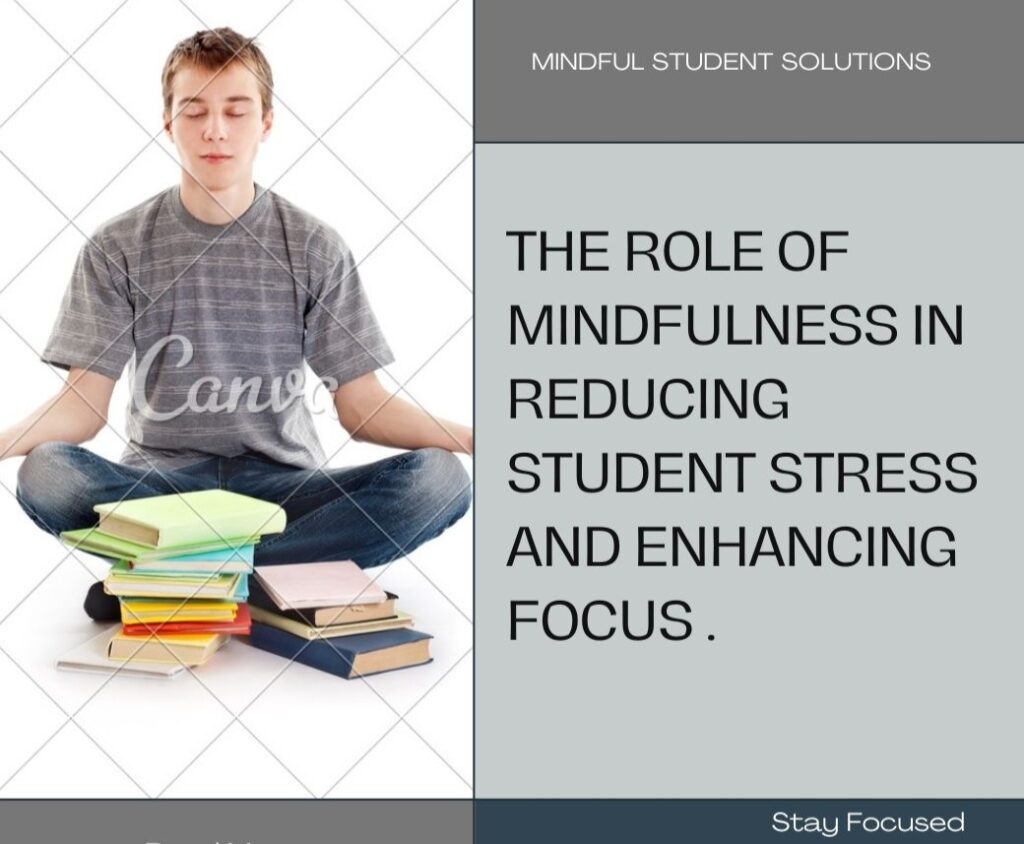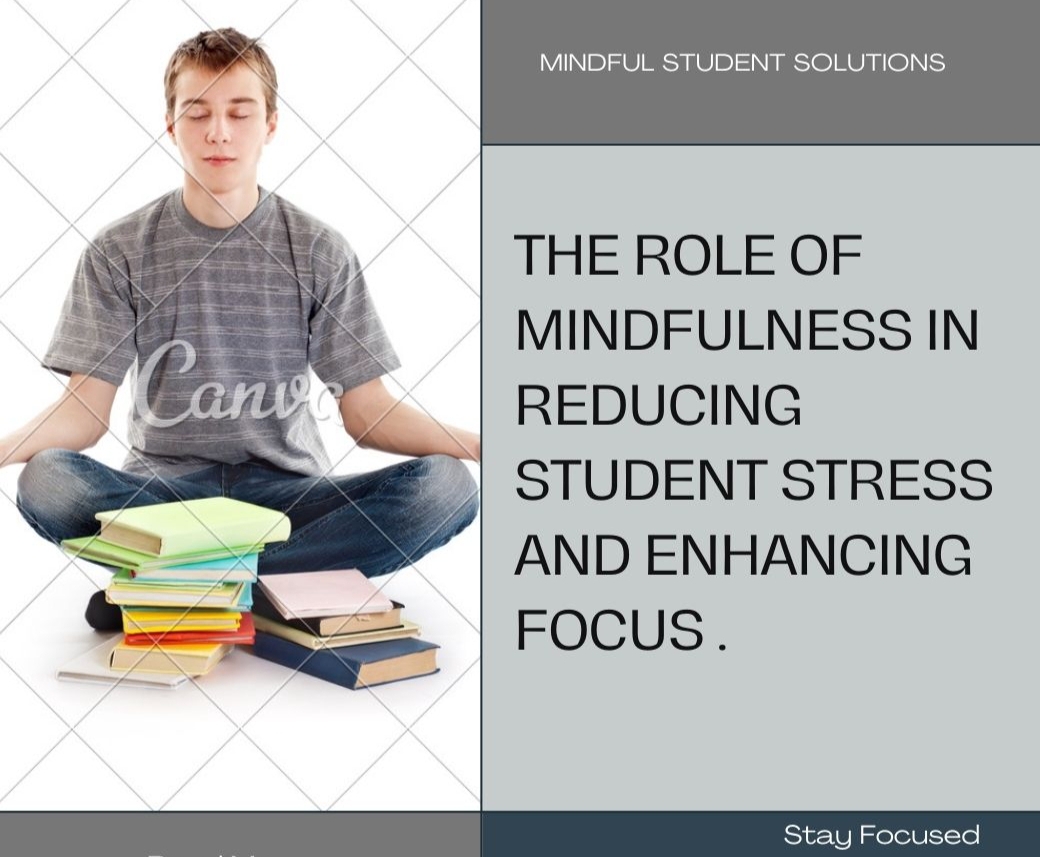
In today’s fast-paced academic world, students face increasing pressure to excel in their studies while managing a myriad of external stressors. These challenges can lead to mental fatigue, stress, and a lack of focus, impacting both academic performance and overall well-being. However, one powerful yet often overlooked solution is the practice of mindfulness. This case study explores how incorporating mindfulness into students’ daily routines can significantly reduce stress levels and enhance focus, fostering a healthier, more productive learning environment.
What is Mindfulness?
Mindfulness is the practice of being fully present in the moment, without judgment. It involves paying attention to your thoughts, feelings, and bodily sensations in real-time. For students, practicing mindfulness means tuning into the present, away from distractions, and cultivating a calm, focused state of mind.
The Impact of Stress on Students
Stress among students can result from multiple factors. Some of which are:
Academic pressure to perform well
Extracurricular commitments
Social relationships and peer pressure
Family expectations
Digital overload from constant use of technology
All these elements contribute to higher anxiety levels, reduced attention spans, and difficulty concentrating on academic tasks.
Case Study: Mindfulness Intervention at a High School
In a 6-month pilot program at Sunshine High School, mindfulness exercises were introduced to students between the ages of 14-17. These exercises included daily 10-minute guided breathing practices and weekly mindfulness workshops. Students were taught how to focus on their breathing, body awareness, and simple visualization techniques to reduce distractions and stress during class and study time.
Results
1. Reduced Stress: 85% of participants reported a noticeable decrease in anxiety, especially before exams.
2. Enhanced Focus: Students’ attention spans improved, with teachers noting an increased ability to stay on task.
3. Better Academic Performance: The school saw a 12% increase in overall academic performance compared to previous years.
4. Improved Emotional Well-being: Mindfulness helped students manage emotions, promoting a more positive school environment.
Techniques for Incorporating Mindfulness into Education
1. Mindful Breathing: Encourage students to take deep breaths for 5 minutes before classes or exams. This simple technique can lower anxiety levels and help them focus on the task at hand.
2. Body Scan Meditation: A body scan practice guides students to focus on different parts of their body, bringing awareness and relaxation. This exercise helps reduce tension, making it ideal for pre-study or post-activity wind-downs.
3. Mindful Journaling: Encouraging students to reflect on their thoughts and feelings through writing helps them process emotions and develop self-awareness.
4. Mindfulness in Movement: Yoga or simple stretching exercises can be integrated into the school day to help students break from mental fatigue and re-center their focus.
5. Gratitude Practices: Encouraging students to express gratitude for simple things daily has been shown to increase positive emotions and reduce feelings of stress.
How Mindfulness Enhances Focus
By training the brain to remain present, mindfulness can dramatically enhance focus. Students are better able to concentrate on lectures, assignments, and studying. Mindfulness practices reduce wandering thoughts, helping students stay engaged with their learning materials.
Case Study: University Student Results
In another study conducted at a university level, students who participated in mindfulness training for one semester were 33% more likely to report improvements in their study habits and focus during exams compared to their peers who did not engage in mindfulness practices.
Conclusion
Mindfulness is a simple yet powerful tool that has proven to reduce student stress and enhance focus. When incorporated into the daily routines of students, mindfulness can not only improve academic performance but also cultivate emotional resilience and mental clarity. In a world full of distractions and pressures, teaching students the art of mindfulness is more essential than ever.
Subscribe to our blog for more insights and tips on improving student well-being and performance.
Let’s make education a stress free and focused experience together











